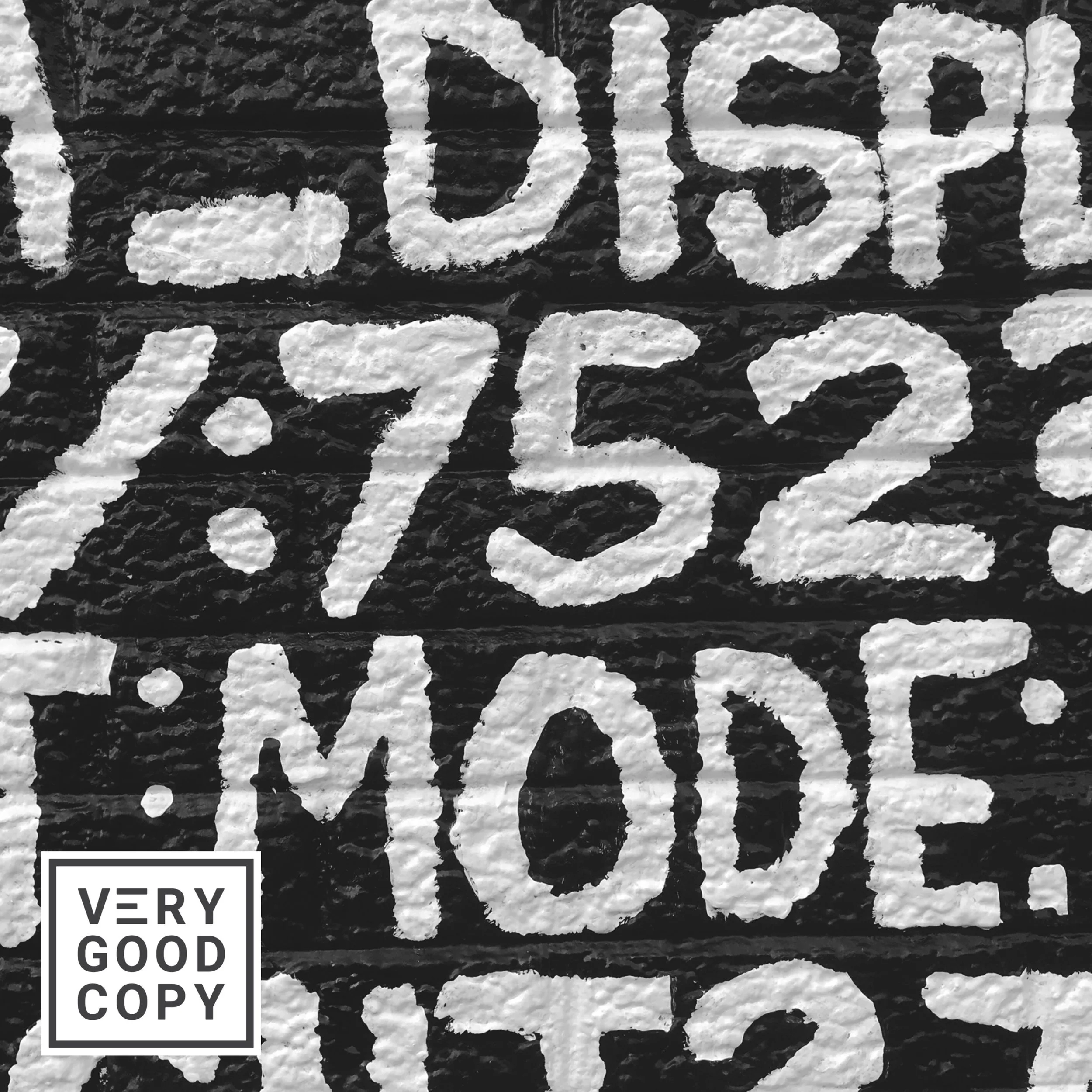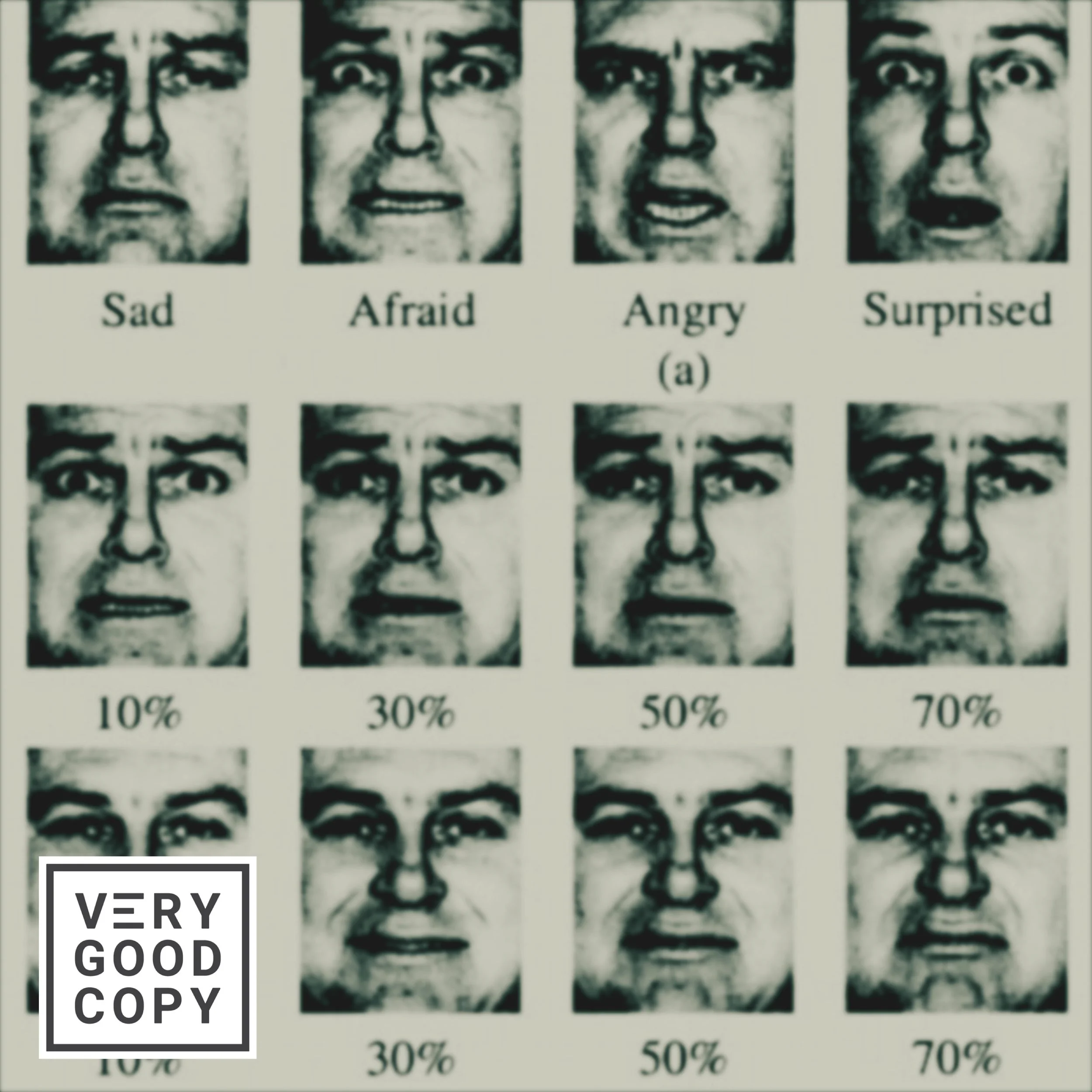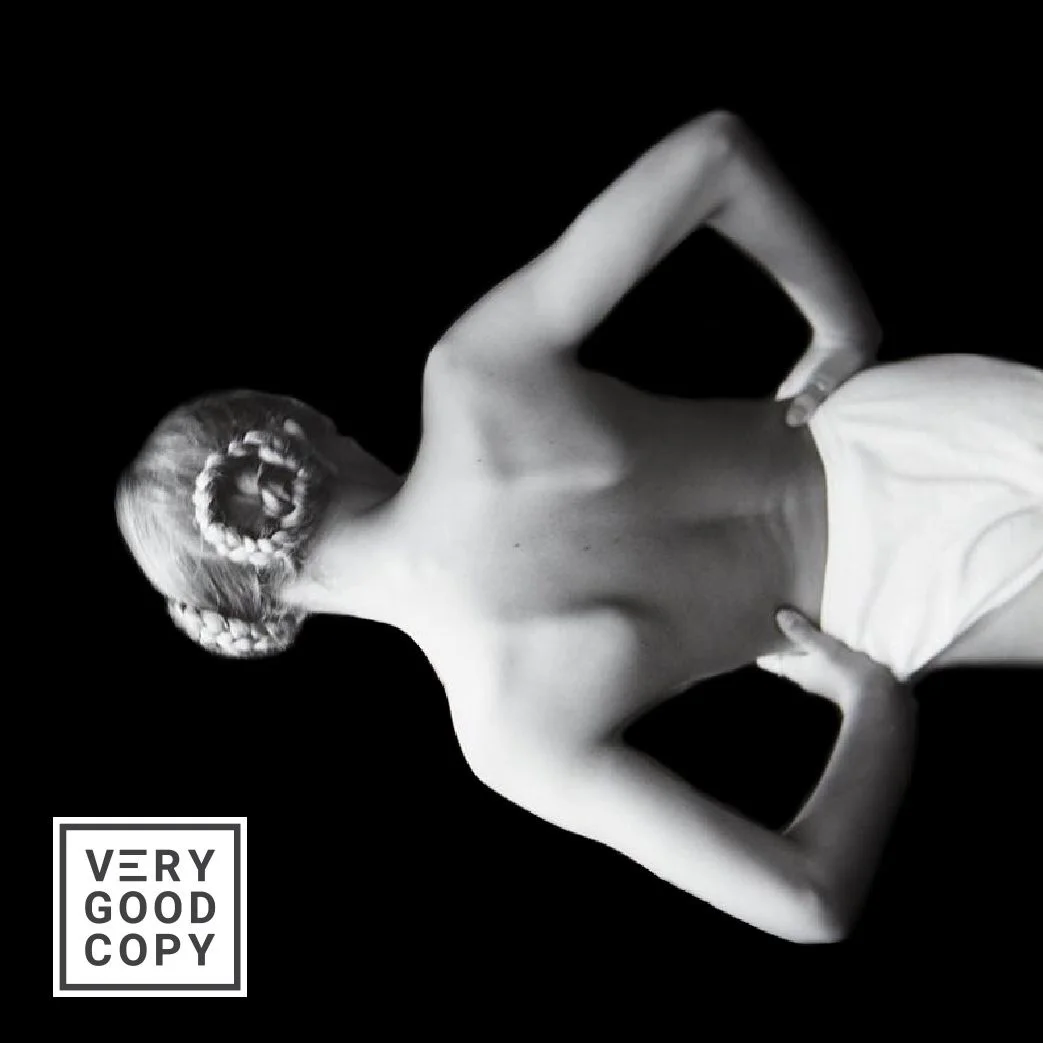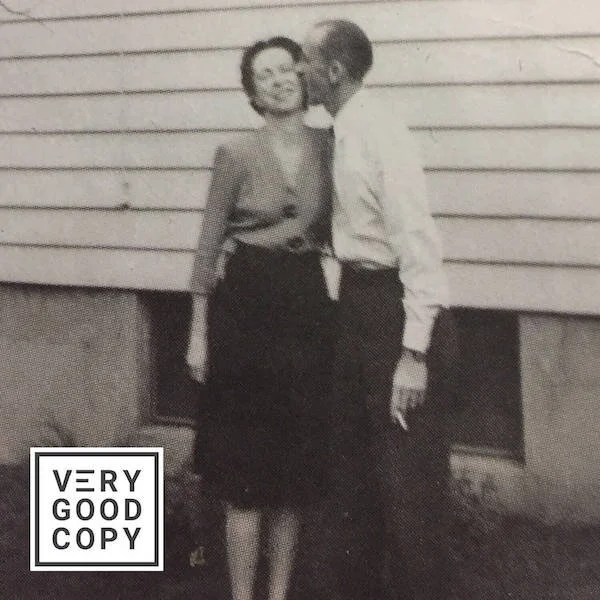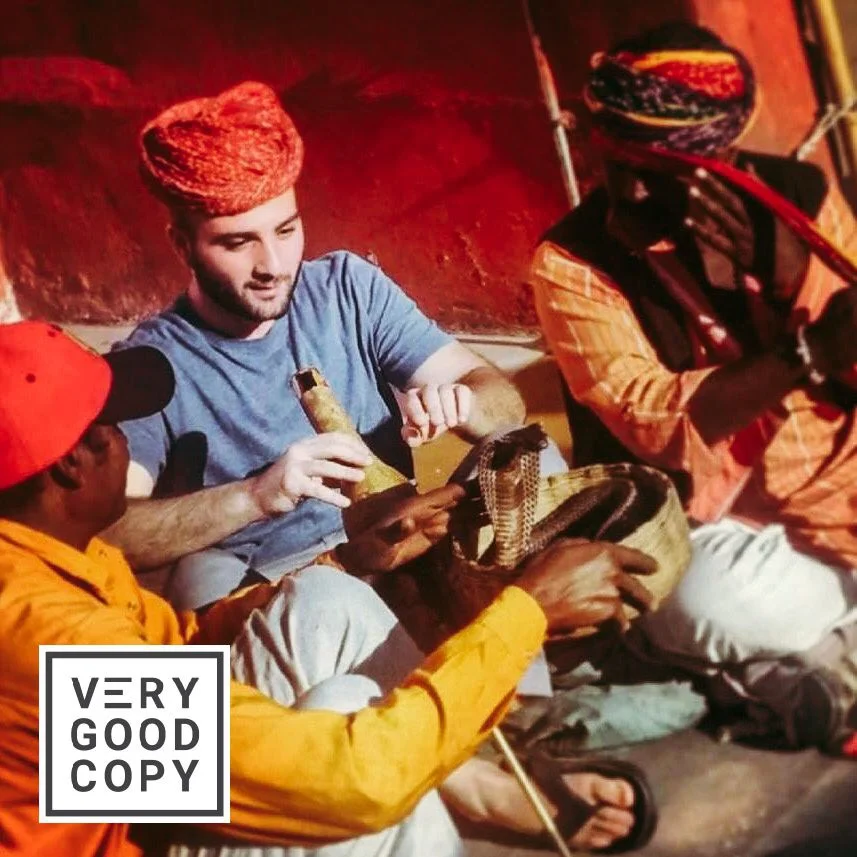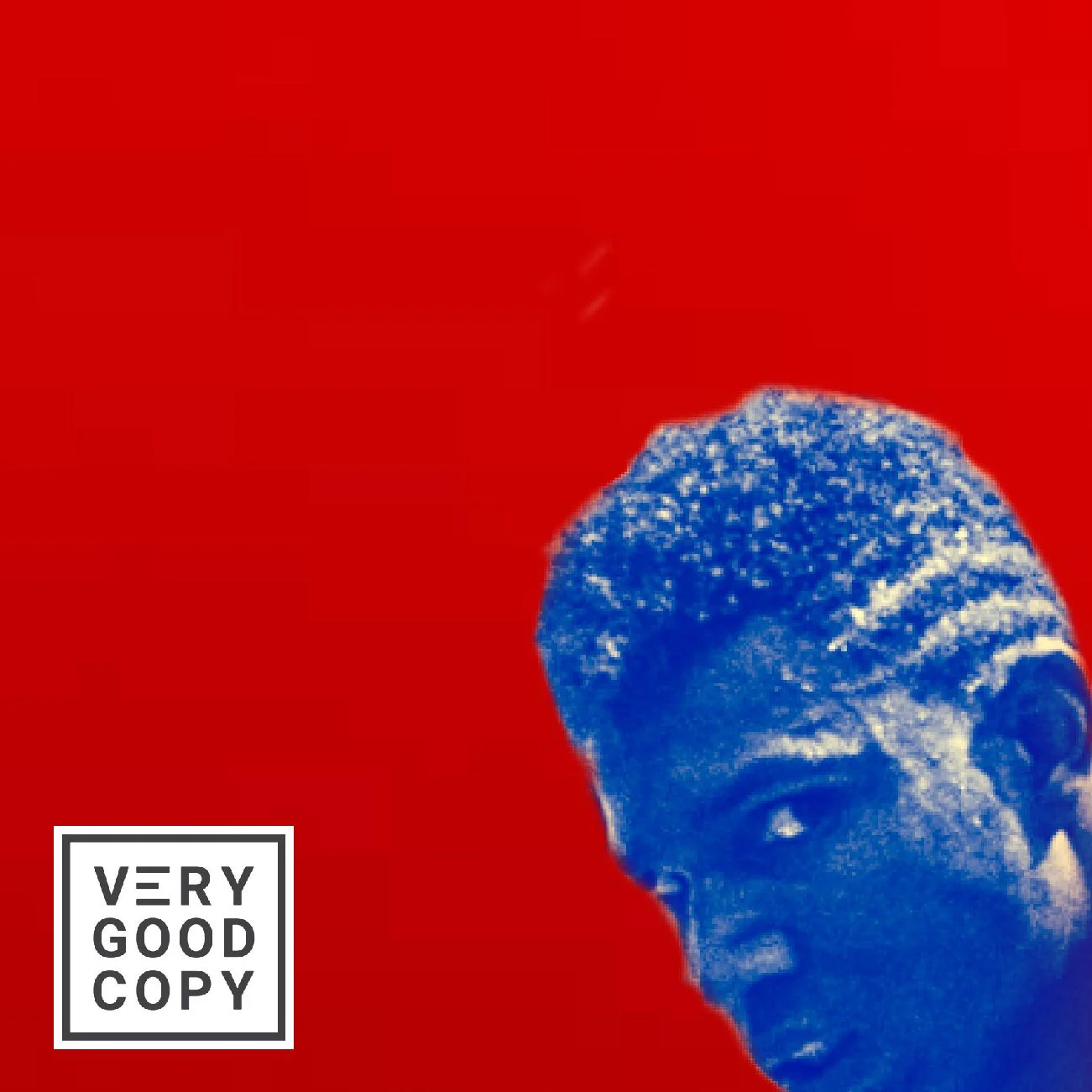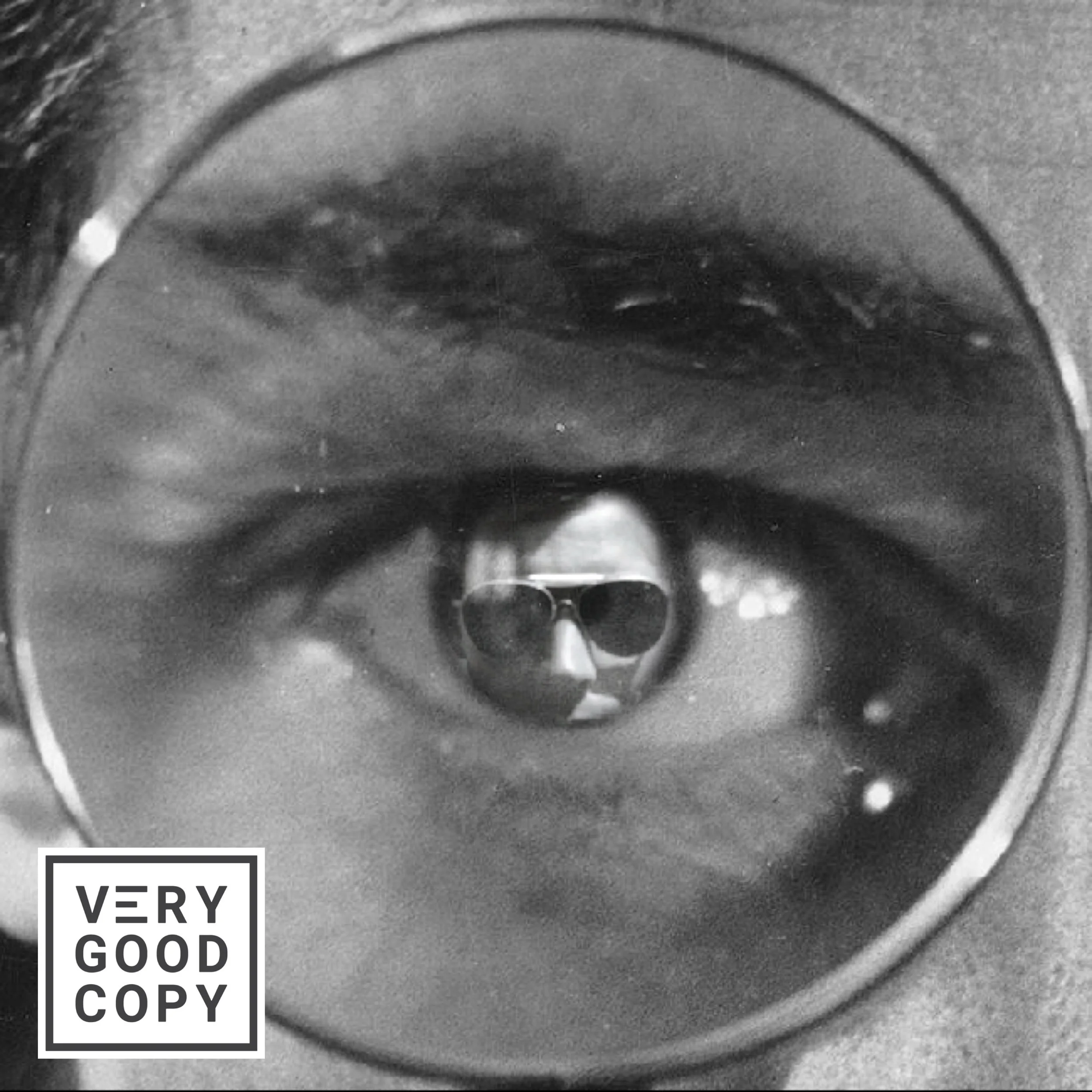![VeryGoodCopy logo [small].png](https://images.squarespace-cdn.com/content/v1/5615edeae4b0b9df5c3d6e90/1578971480247-RY92GPQHGZ7JZUX0TPEK/VeryGoodCopy+logo+%5Bsmall%5D.png)
EDITOR’S NOTE: I was introduced to Justin Blackman on one of my favorite shows, Copywriters Podcast with David Garfinkel. The episode was called Writing In Your Client’s Voice.
I pressed play and settled in, intrigued. By the end of the episode, I was fascinated. Justin’s Brand Ventriloquism™ framework was smart and effective, valuable, especially if you want to become a more versatile copywriter.
I finished the episode and immediately played it back. (Then I think I ate something.) Then I played it back again, a third time. Then I sent Justin a LinkedIn request. And I asked him to write a micro-article for VeryGoodCopy, a piece about the fundamentals of voice mirroring. He graciously said yes. Now here we are.
Thank you, Justin.
Last March…
A client asked me to update a Facebook ad I wrote 5 months earlier. But when I saw the post, I panicked.
Because none of it was the same.
See, this was one of those long-form, one-sentence-paragraph ads where you scroll and scroll and scroll, build trust, then click for a video.
And this particular client was a financial advisor.
Problem is, I don’t know much about finance and this ad was very technical.

Plus, the cadence was totally foreign.
(I write short and choppy. Five to nine words per sentence. Her sentences were long, flowy, and complex — nearly twice as long as my style.)
This ad was clearly written by someone else.
Someone smarter than me.
So I opened my notes to see what I wrote versus what was there now. What did this copy — the copy that’s been running for five months and beat their previous control — have that I missed in my submission? What could I steal, er… learn from this?
Know what I found?
I had written every damn word of the ad.
Exactly as it was.
Zero changes.
So how, my friend, did this happen? How did I write an ad so varied and complex, that five months later, I can’t even recognize it?
Simple…
![VeryGoodCopy logo [small].png](https://images.squarespace-cdn.com/content/v1/5615edeae4b0b9df5c3d6e90/1578972040172-XPQR05EZ04Z1S9KMH9KR/VeryGoodCopy+logo+%5Bsmall%5D.png)
JOIN THOUSANDS OF SUBSCRIBERS
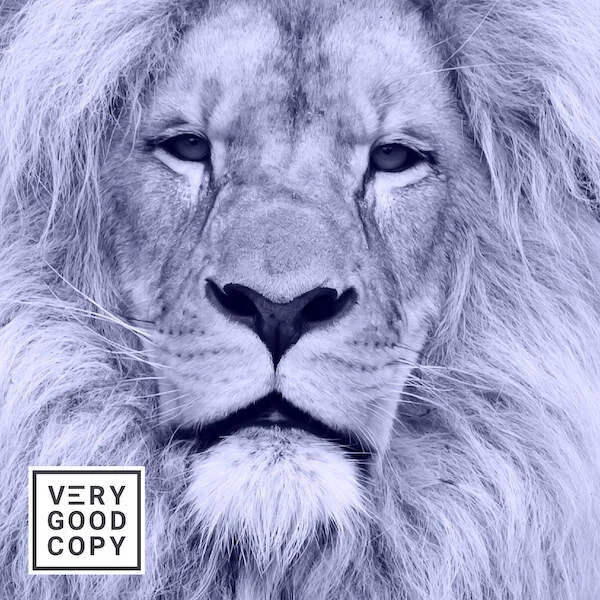
Brand Ventriloquism™.
In 2018, I wrote for 239 different entrepreneurs.
And I wrote for dozens of brands, a handful of products, and a few tech companies. Almost none of them sound the same. I know this because I analyze the patterns in each person or brand’s style to understand who they are, how they sound, and which elements to duplicate.
And contrary to what you may have heard…
Voice is not some woo-woo concept.
It’s not an ethereal message from the gods about baring your soul to gather the masses.
It’s a science.
Voice is a measurable and repeatable science.
See, your writing voice is comprised of 3 elements:
Vocabulary: The level of words you use ranging from basic to advanced.
Tone: The emotions and feelings behind each piece.
Cadence: The rhythm of your writing defined by punctuation, formatting, and sentence length.
Or, in simpler terms, your Words, Tone, and Frequency (WTF — that’s the Brand Ventriloquist framework).
Measure each component, plot it on a scale, and then hover around that point. Doesn’t matter how unique your voice is — it’ll fall somewhere on the scale. And as a writer, it tells you how to nail someone’s style on the first try.
Now yes, you still need to know WHAT to write. Learning voice doesn’t teach you that. But it teaches you HOW to write — so you can emulate anyone’s style to become your client’s secret weapon.
Here, let me show you an example from life coach, Cheryl Richardson:

Notice the flow? How long and run-on-sentence-y it is? How it strings together multiple ideas, uses vivid language, and obeys traditional grammar rules?
There are 7 commas in 4 sentences. (That’s a lot.)
The Hemingway App rates this as Grade 11 (vocabulary). Two of the four sentences rank “hard to read. One ranks “very hard to read,” most likely due to its length (cadence). And the theme is professorial, sad, and optimistic for the future (tone).
If I were to plot this on a graph, it’d be in the top-right corner:

Now, here’s Gabby Berstein showing the opposite:

Same theme. Same concept. Completely different voice.
The cadence is short (1 comma over 5 sentences), the language is basic (Grade 4) and the feeling is friendlier.
Here we’re in the bottom left:
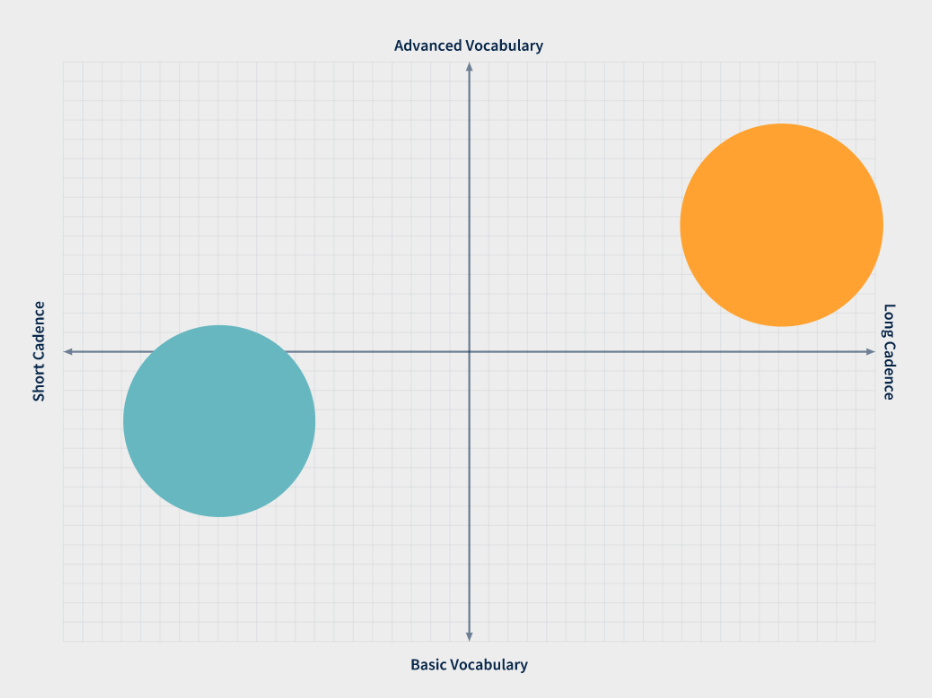
This simple chart lets me know how to approach the voice of any client.
Now, I can’t break down Brand Ventriloquism without turning this into a book (and trust me, there’s a lot more to it), but there are 9 different voice types. The examples above show polar opposites but there are 7 other spots around the grid.
Any person in any field can fit into any quadrant.
As writers…
It’s our job to understand that plot point perfectly. Because once we dial voice analysis in, it adds a superpower to our arsenal that makes us far more valuable.
And once you can document it? You can recap it all in a handy-dandy voice guide that’s worth thousands.
If you’re interested in learning more (and getting your own voice guide template) you can join the Codex Persona. Or to learn more about how I do it (or to get your own voice guide), follow along at PrettyFlyCopy.com.
Eddie will teach you how to persuade. I’ll teach you how to make it sound like your client.
LEARN TO PERSUADE
![VeryGoodCopy logo [small].png](https://images.squarespace-cdn.com/content/v1/5615edeae4b0b9df5c3d6e90/1578972152209-FK3HPZQO25HCWMHUL8NJ/VeryGoodCopy+logo+%5Bsmall%5D.png)
WRITE BETTER.
MARKET BETTER.
SELL MORE.
COMMENT BELOW
Judge not lest ye be judged.




![How to write better dialogue [easy, instant, Hemingway-inspired hack]](https://images.squarespace-cdn.com/content/v1/5615edeae4b0b9df5c3d6e90/1600810690603-XZIT3F465CS25186CILF/Better+dialogue+COMP.JPG)
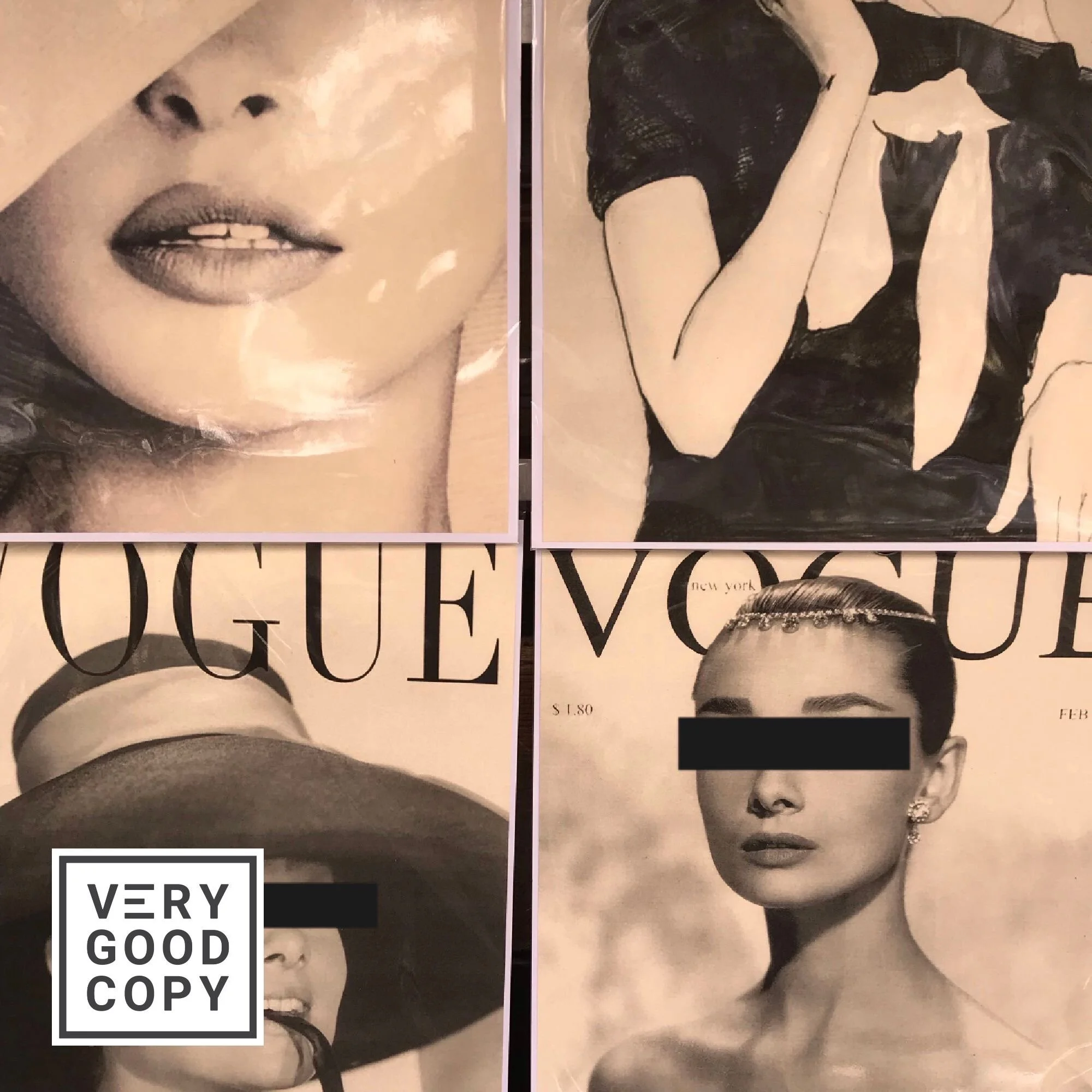




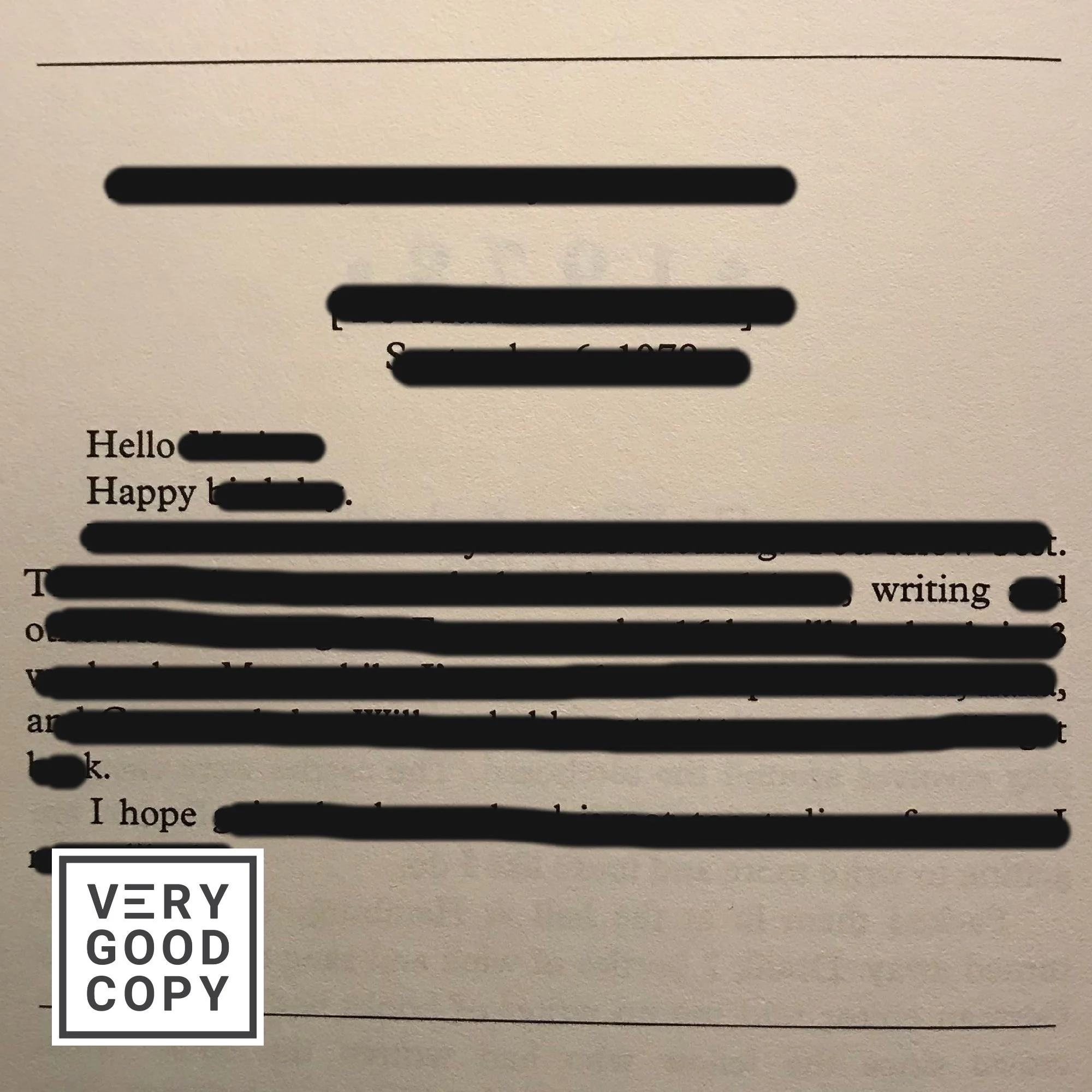
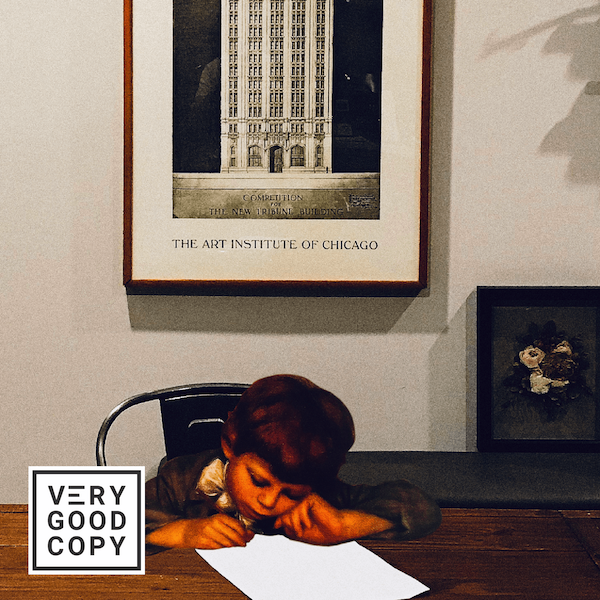



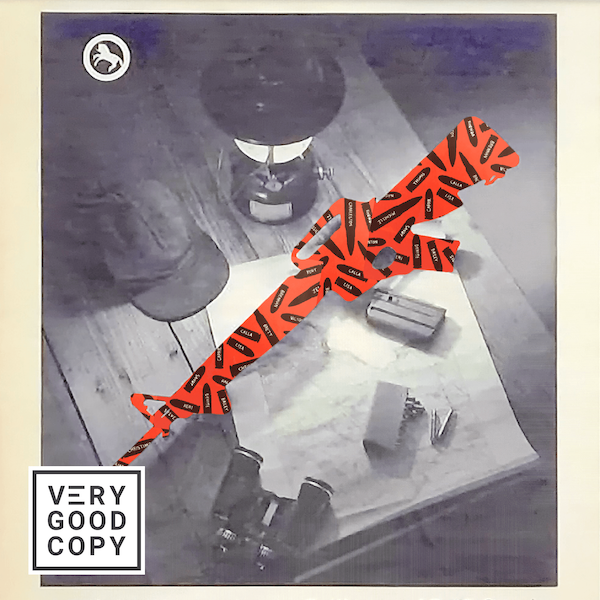









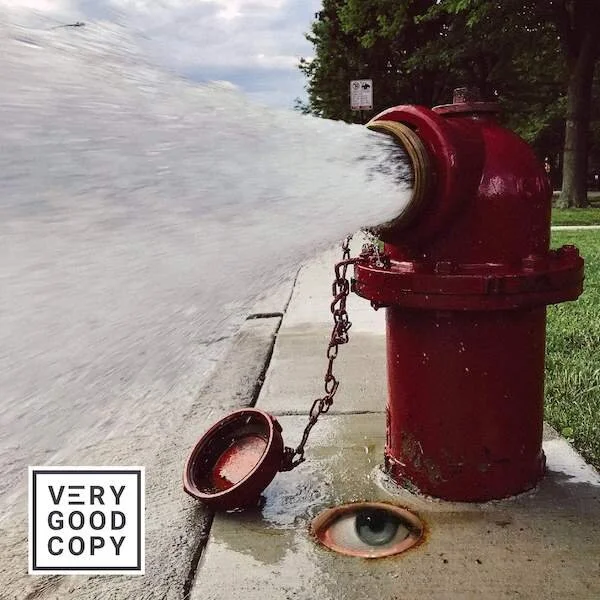


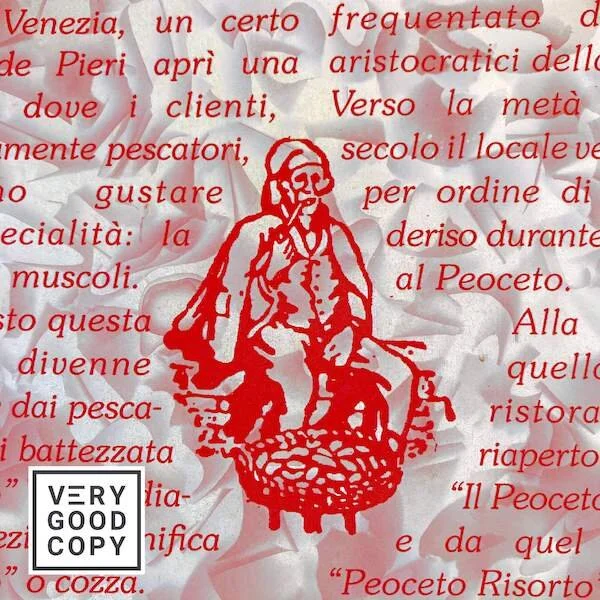
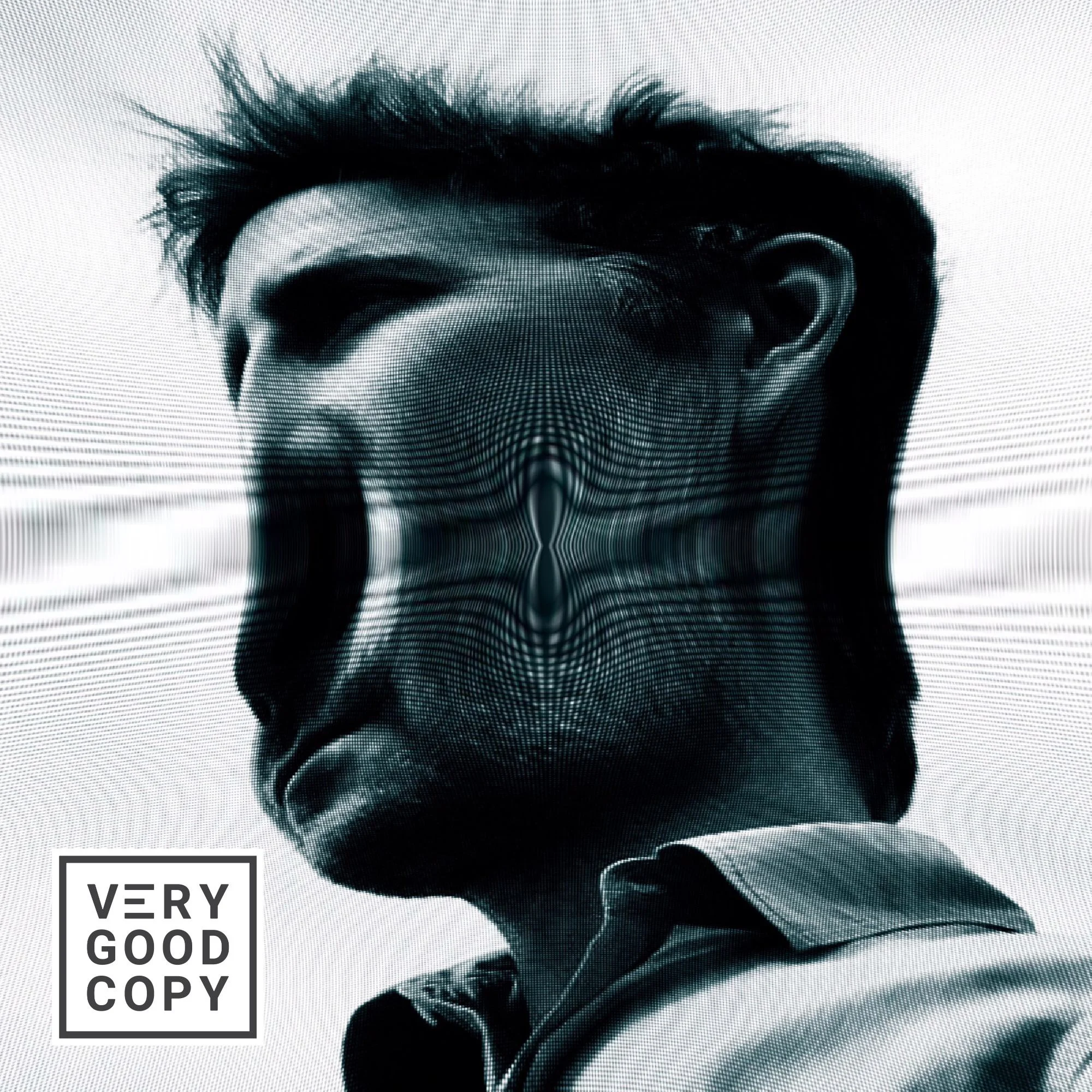
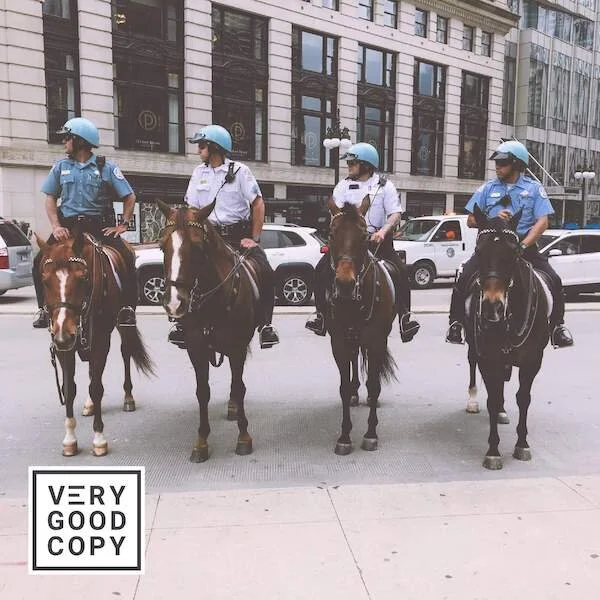




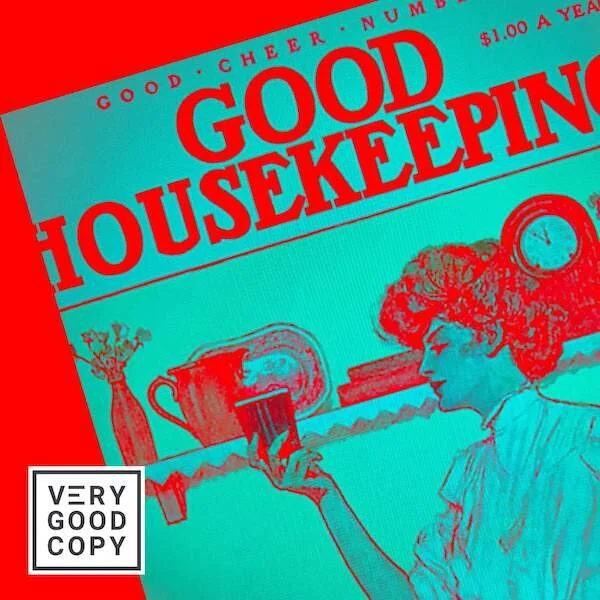
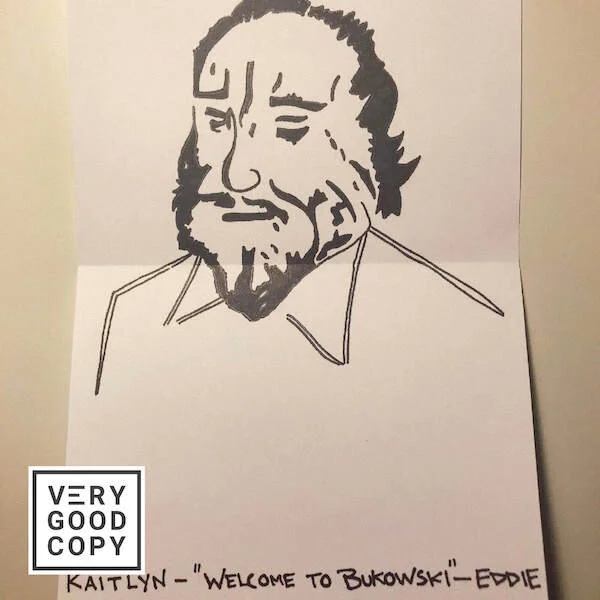




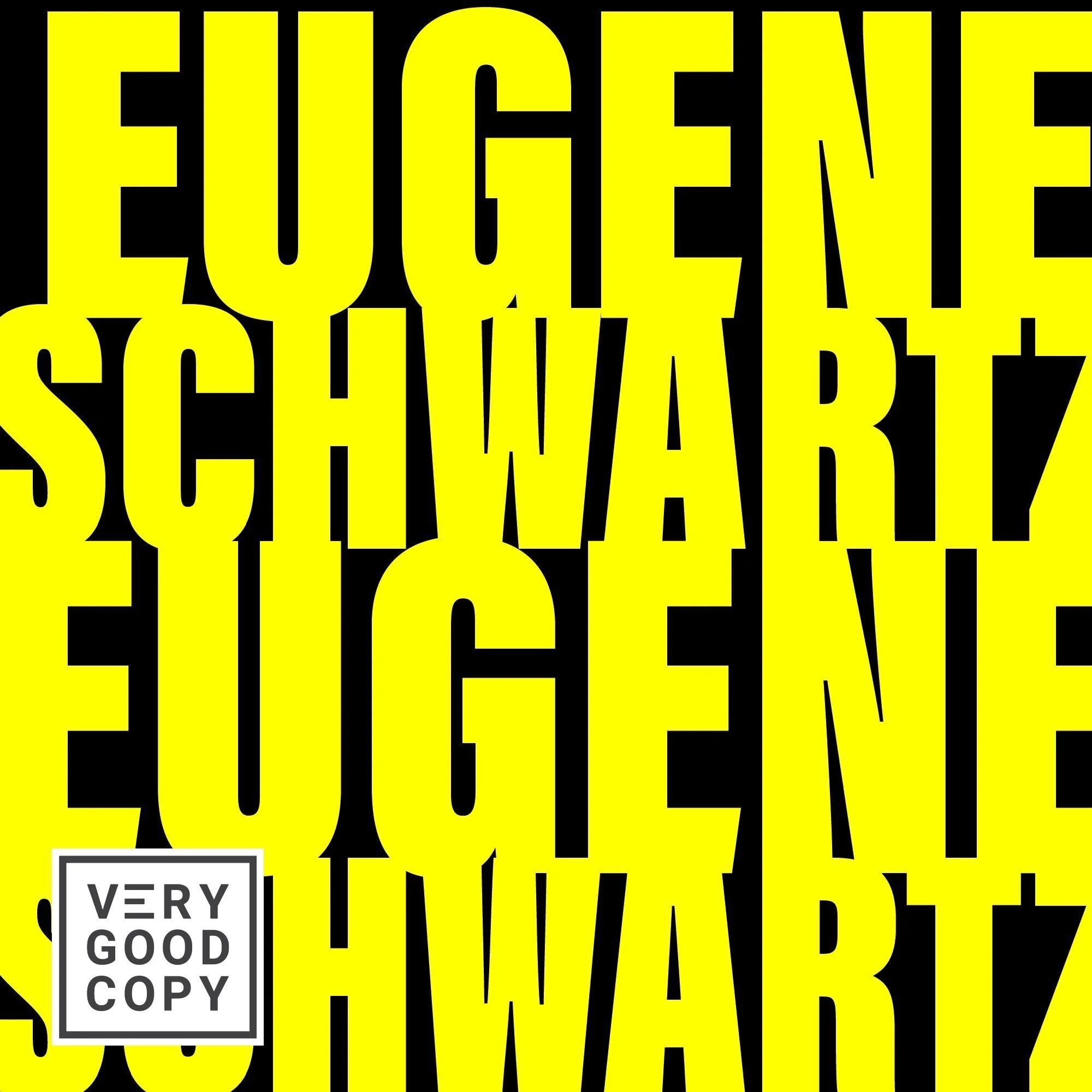
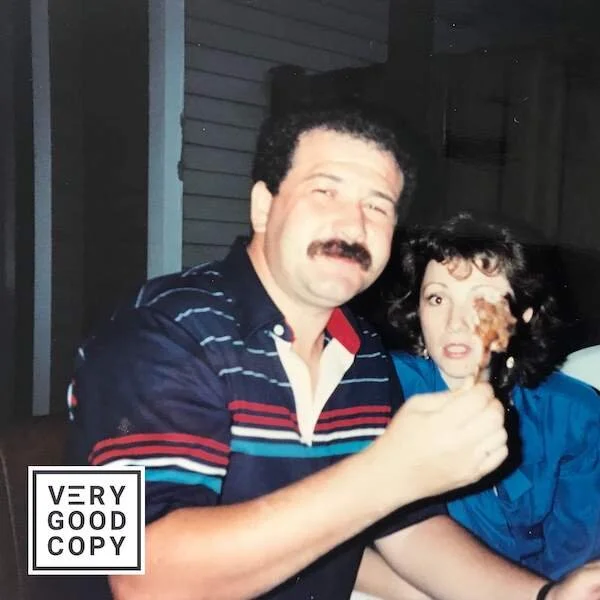



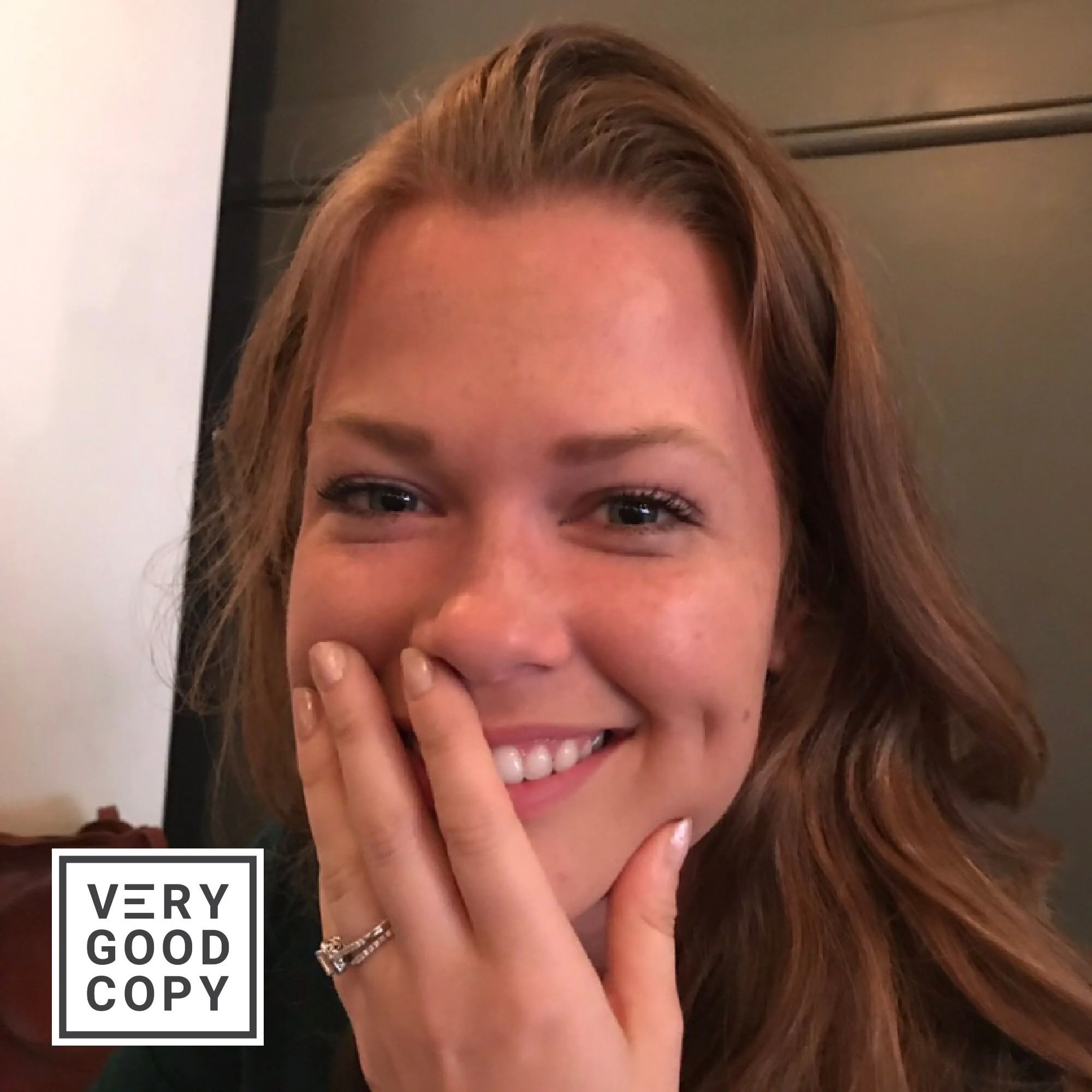

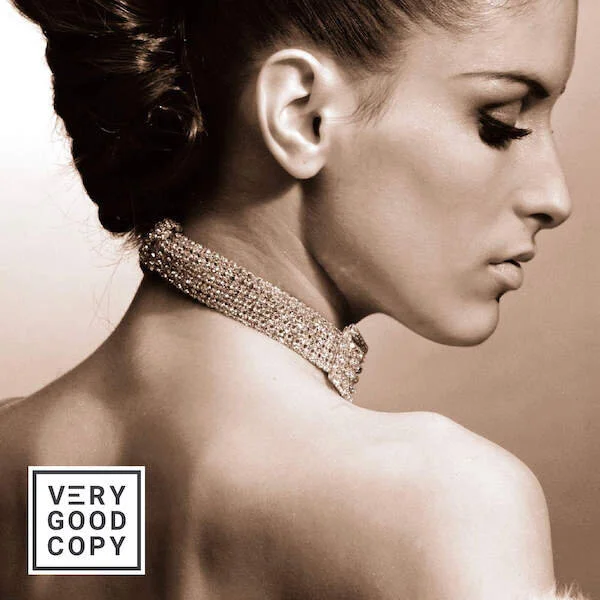
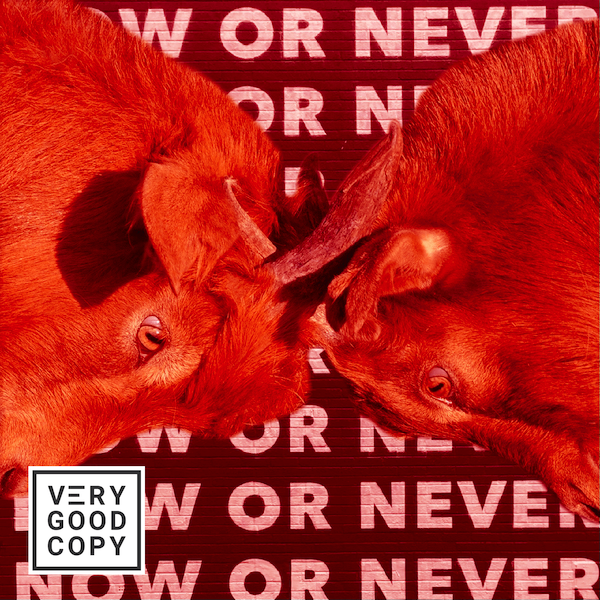
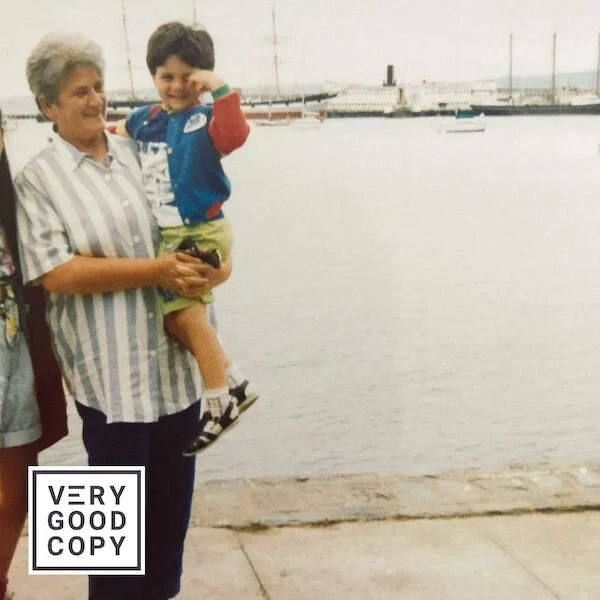






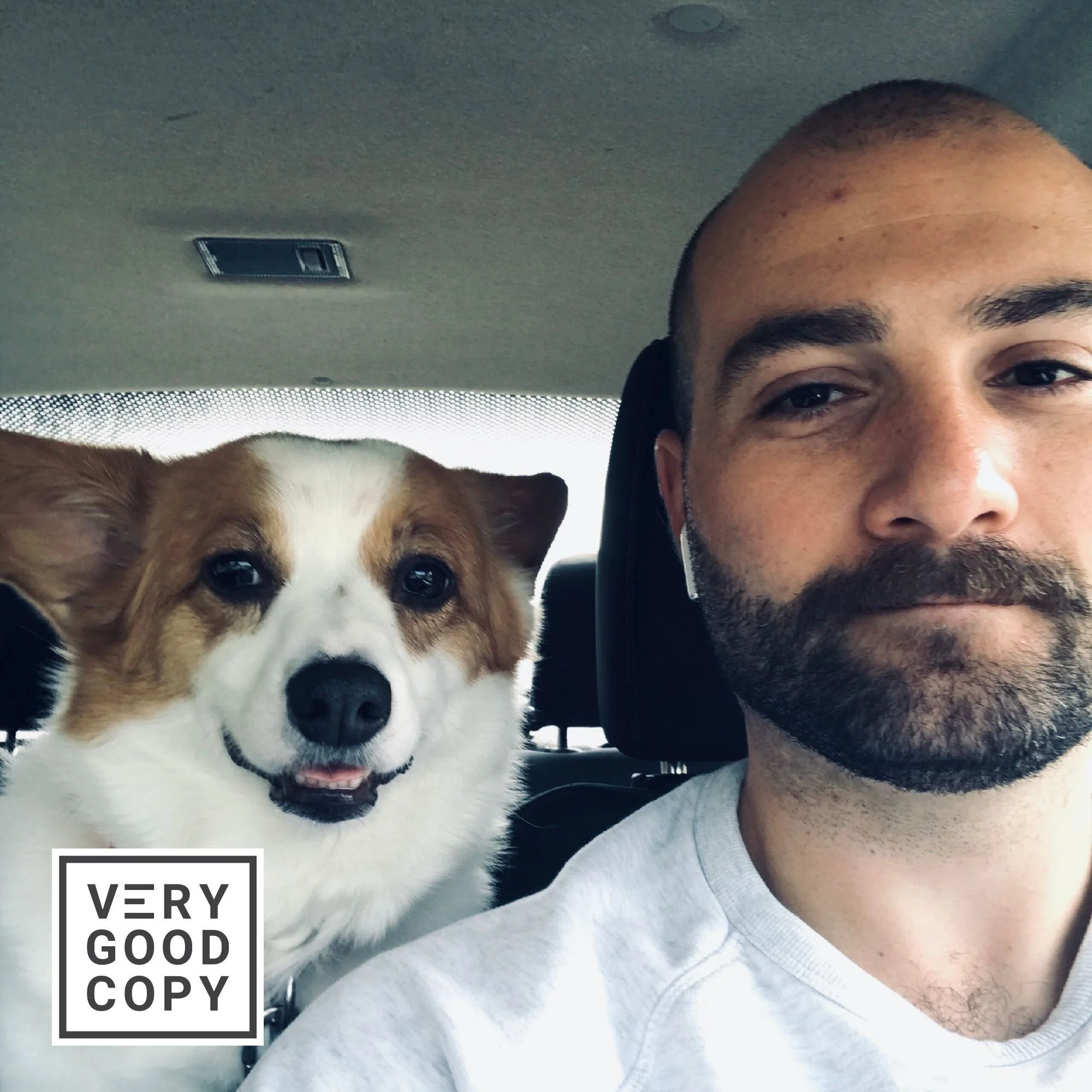


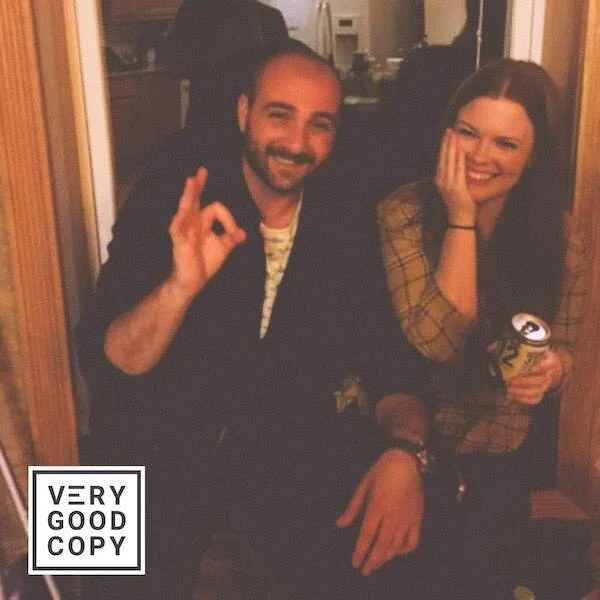

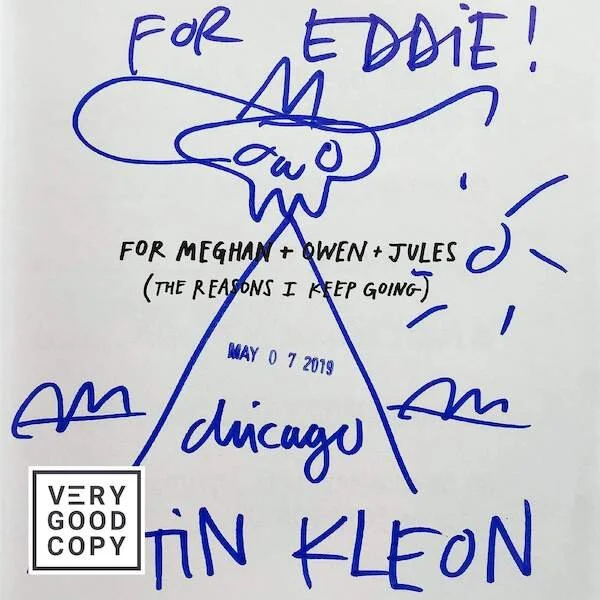
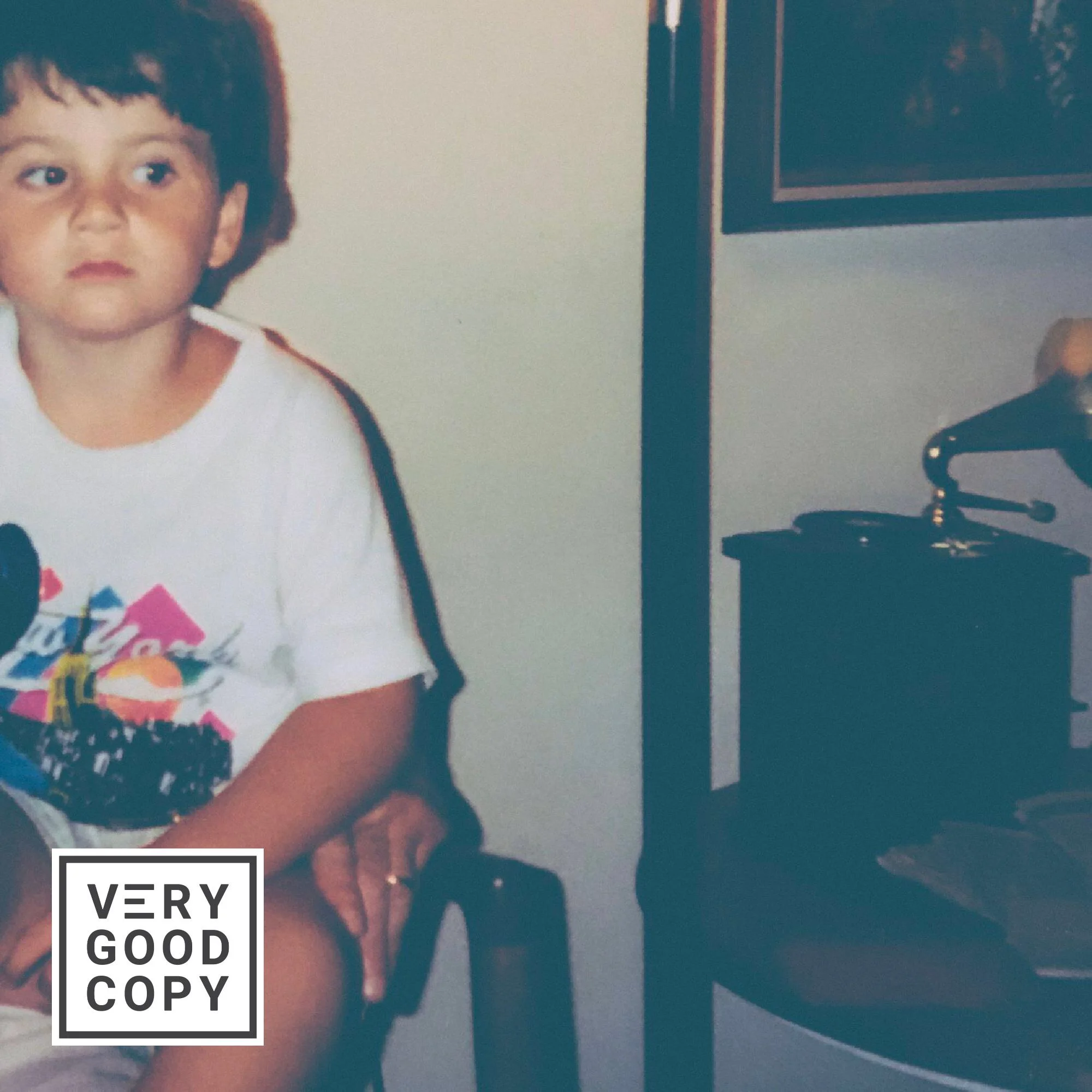










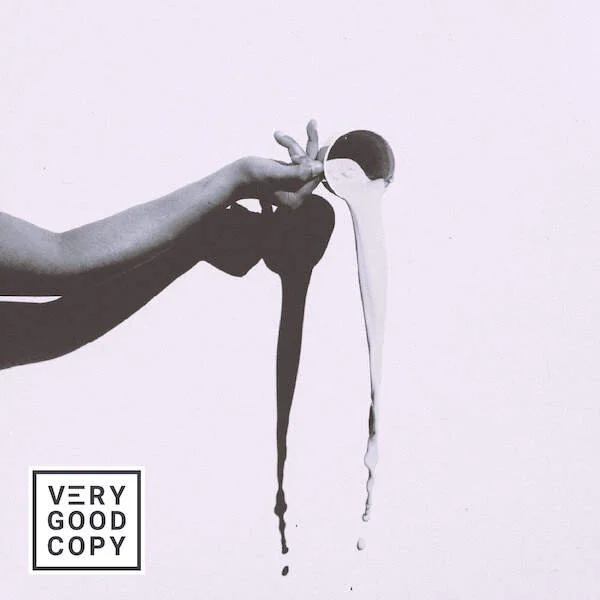

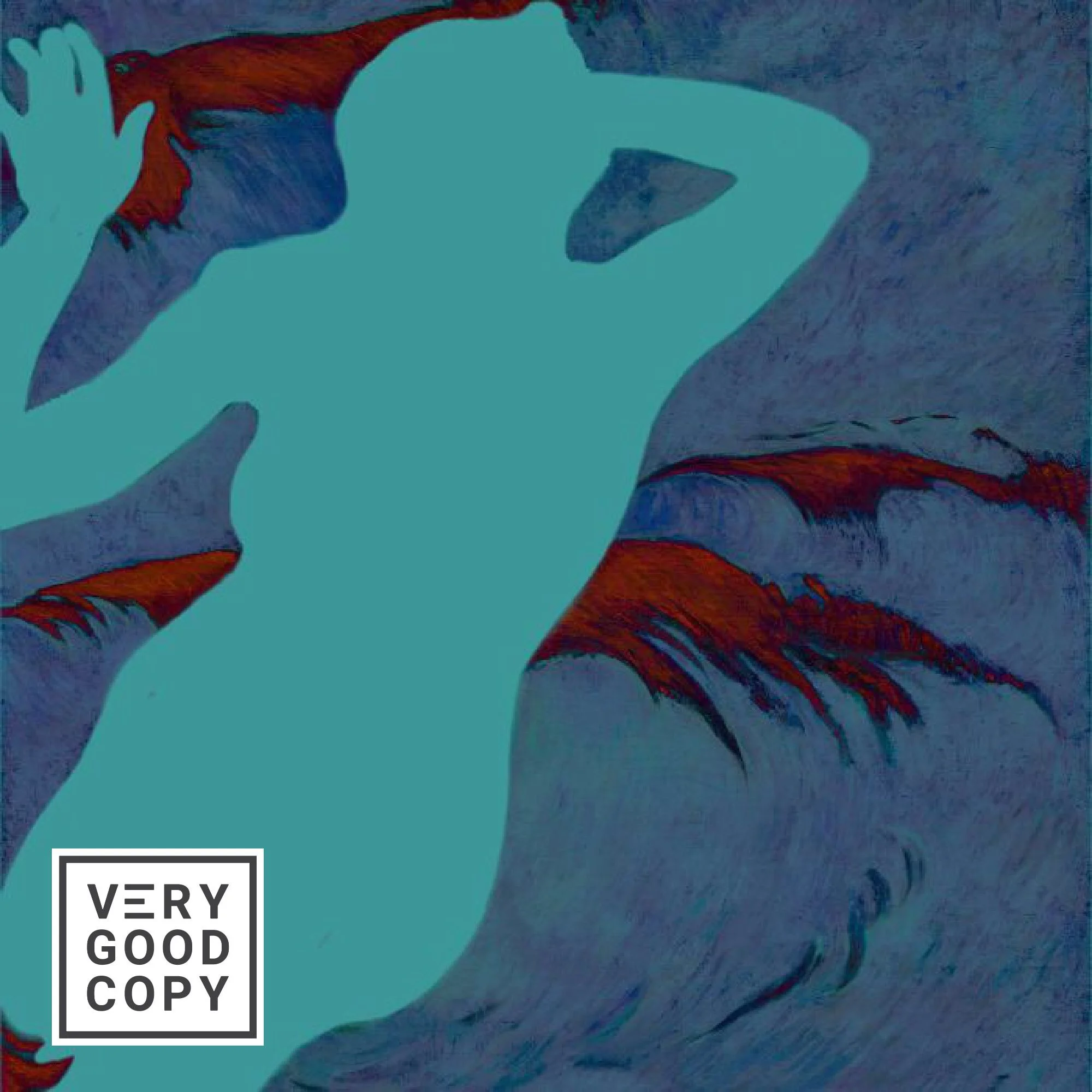










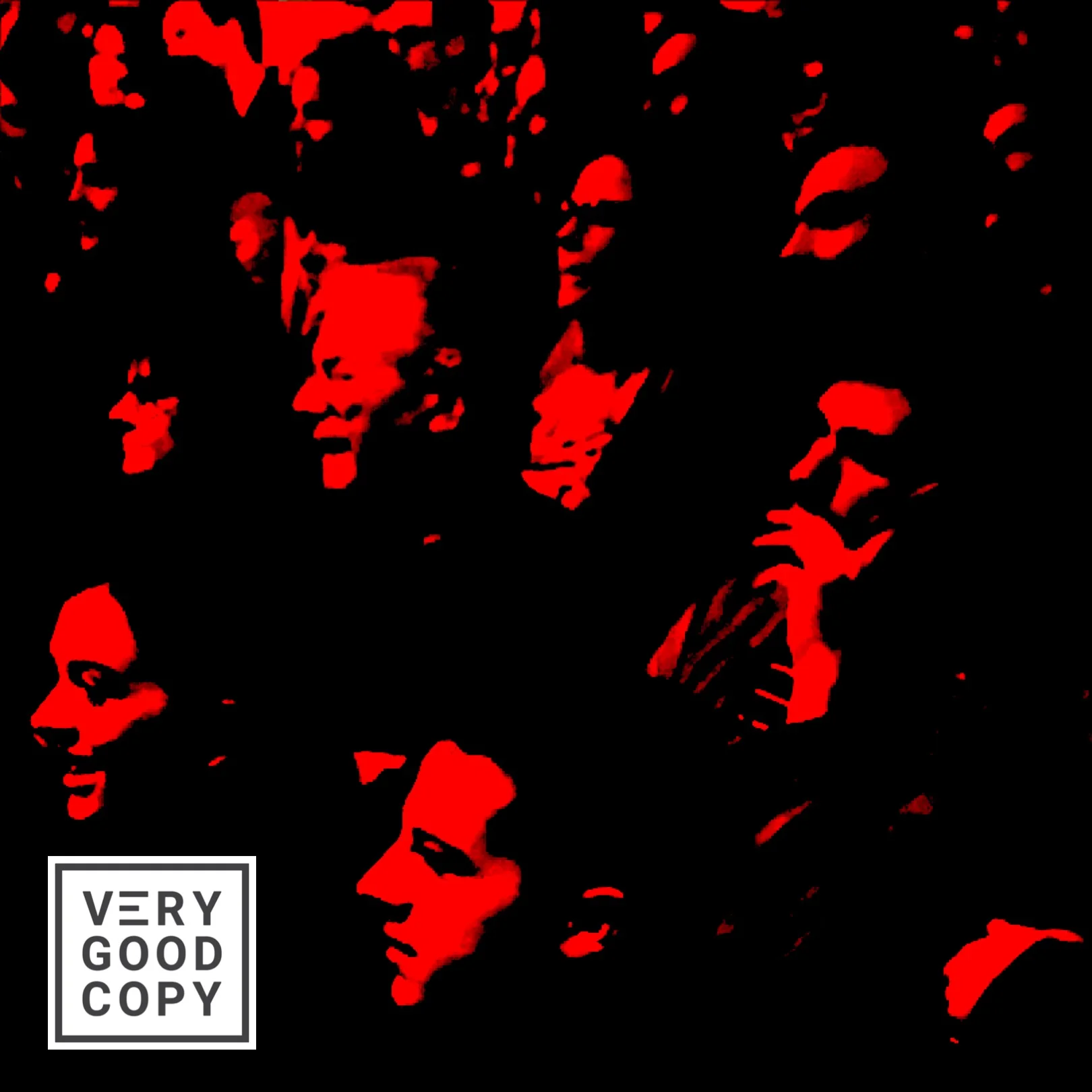
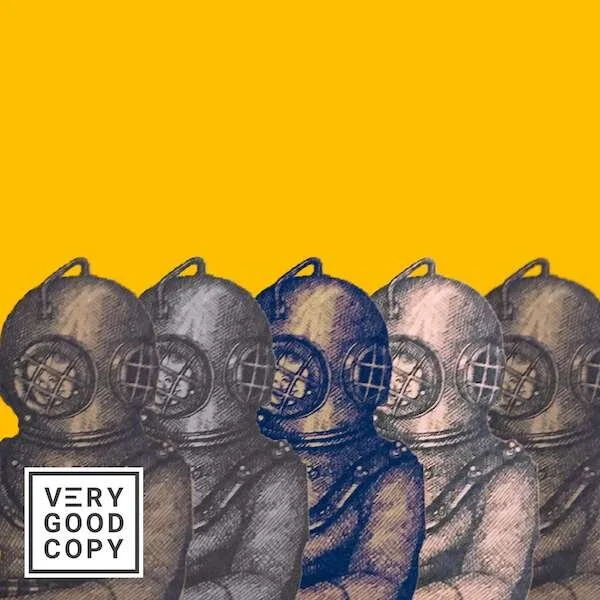







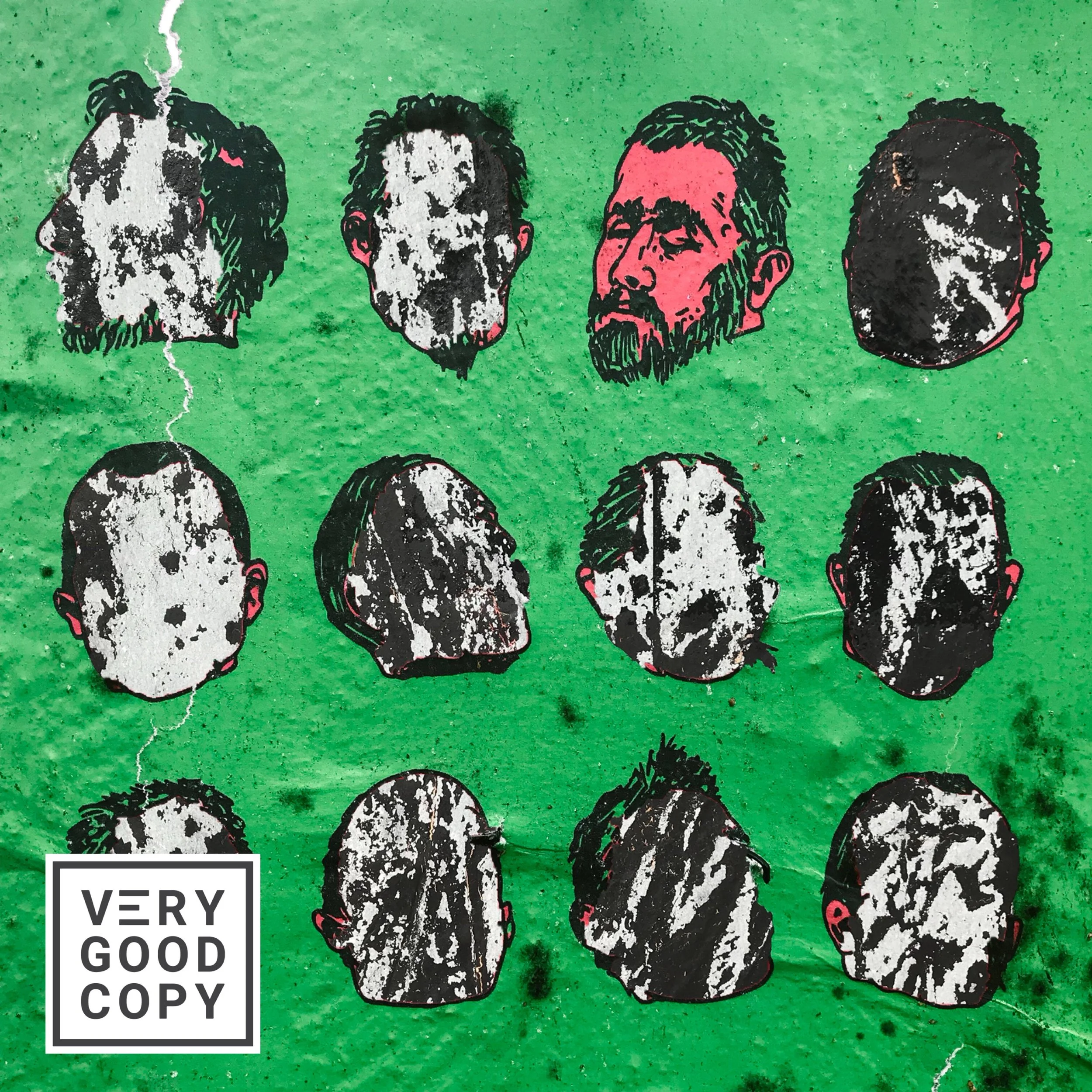

![How copywriters put prospects in the buying mood [quick trick]](https://images.squarespace-cdn.com/content/v1/5615edeae4b0b9df5c3d6e90/1533095575515-C2JPAZA3C46IBX00EMM8/Put+prospects+in+the+buying+mood+%5BVGC+art%5D.JPG)



